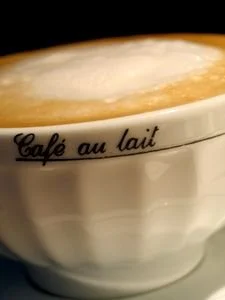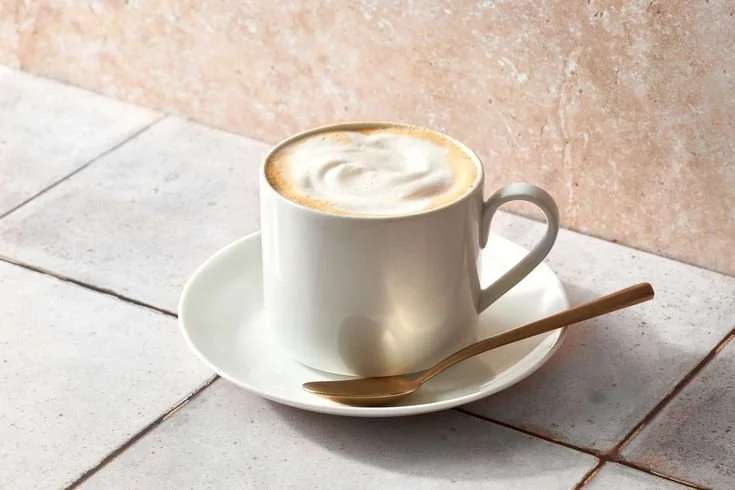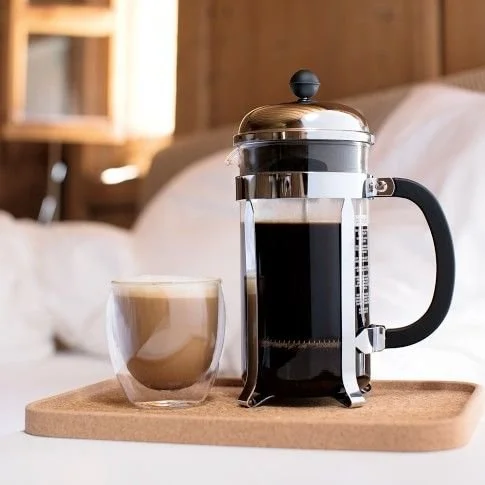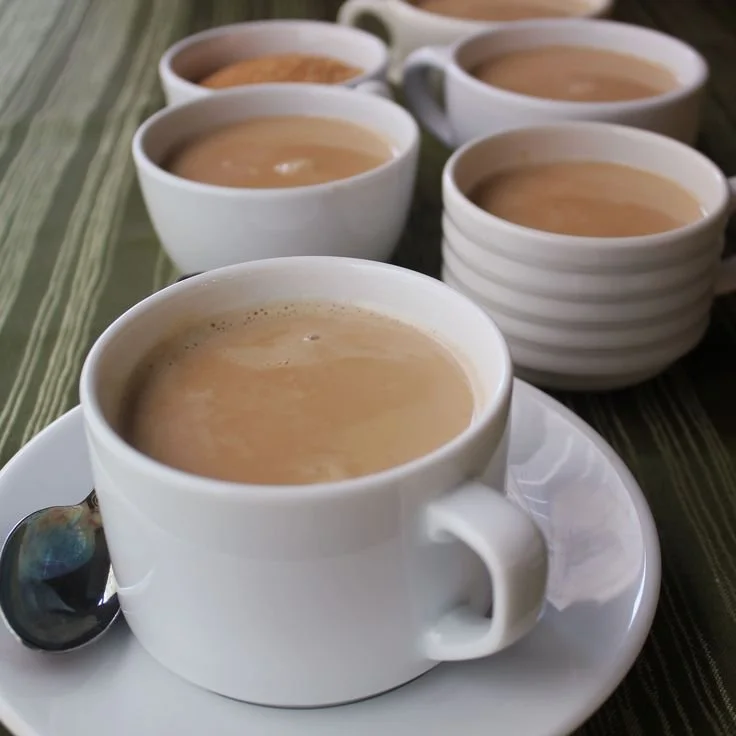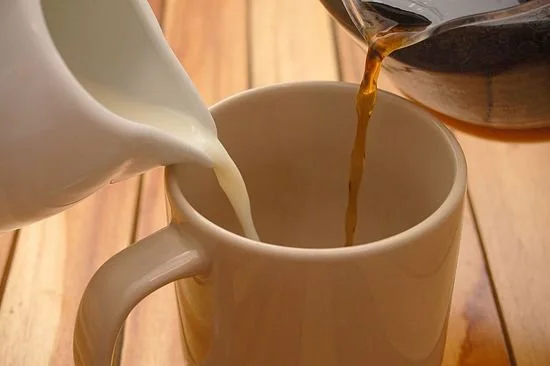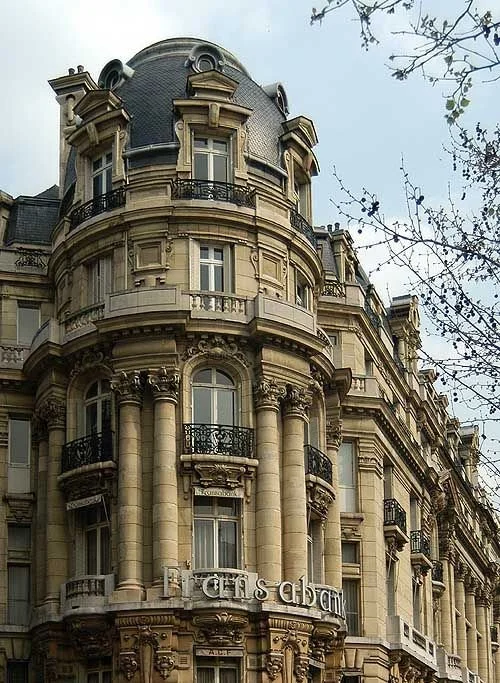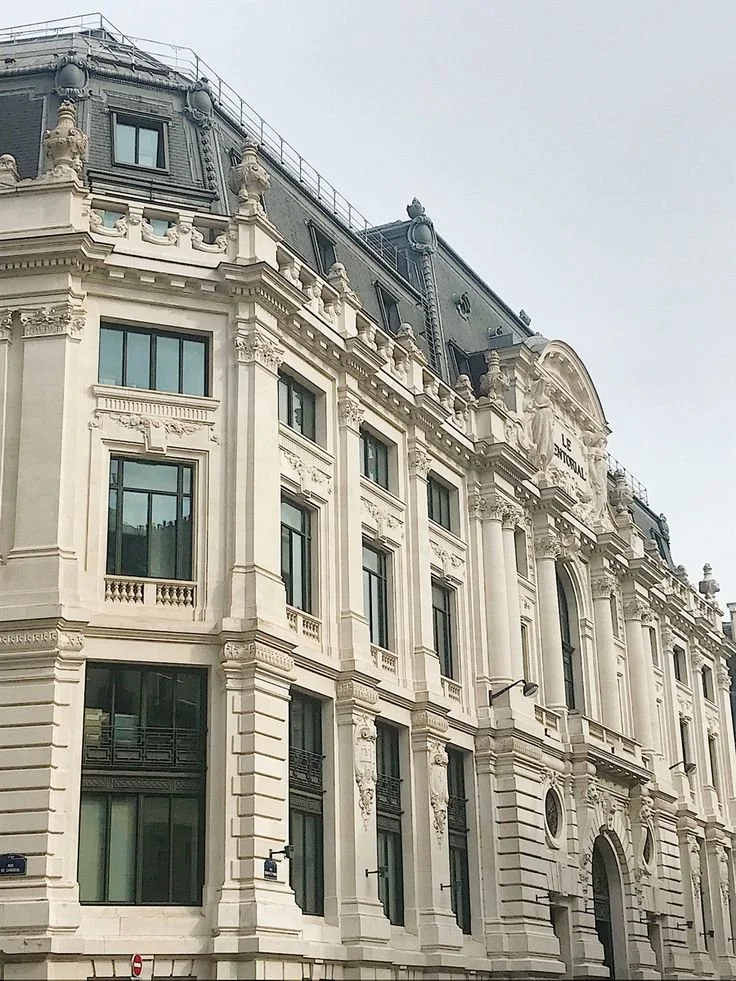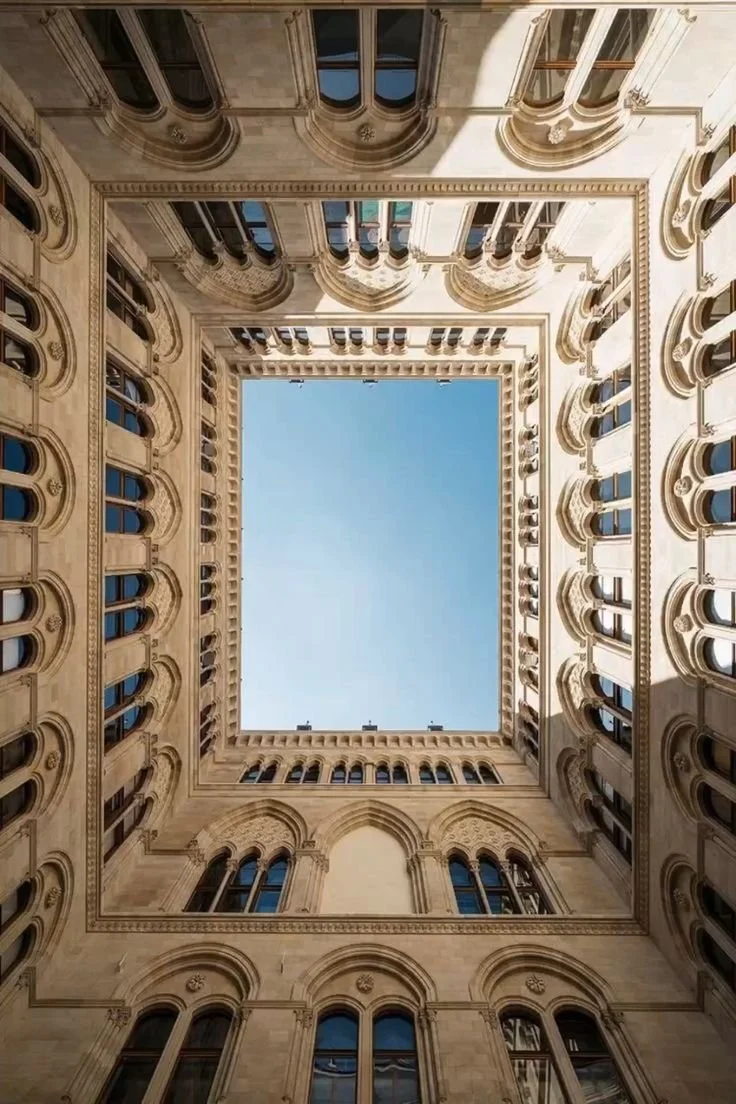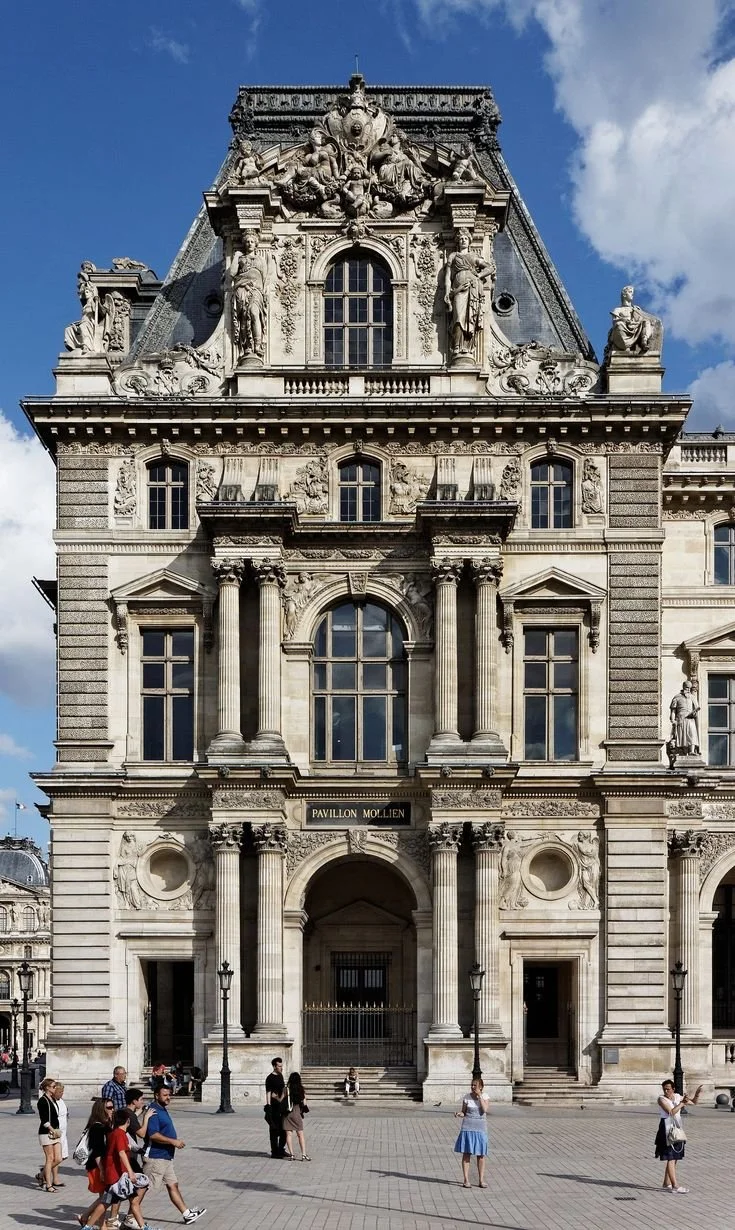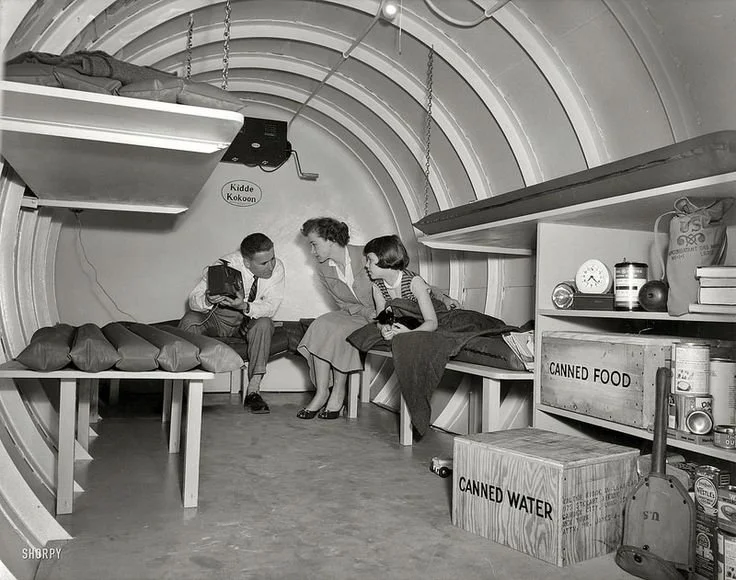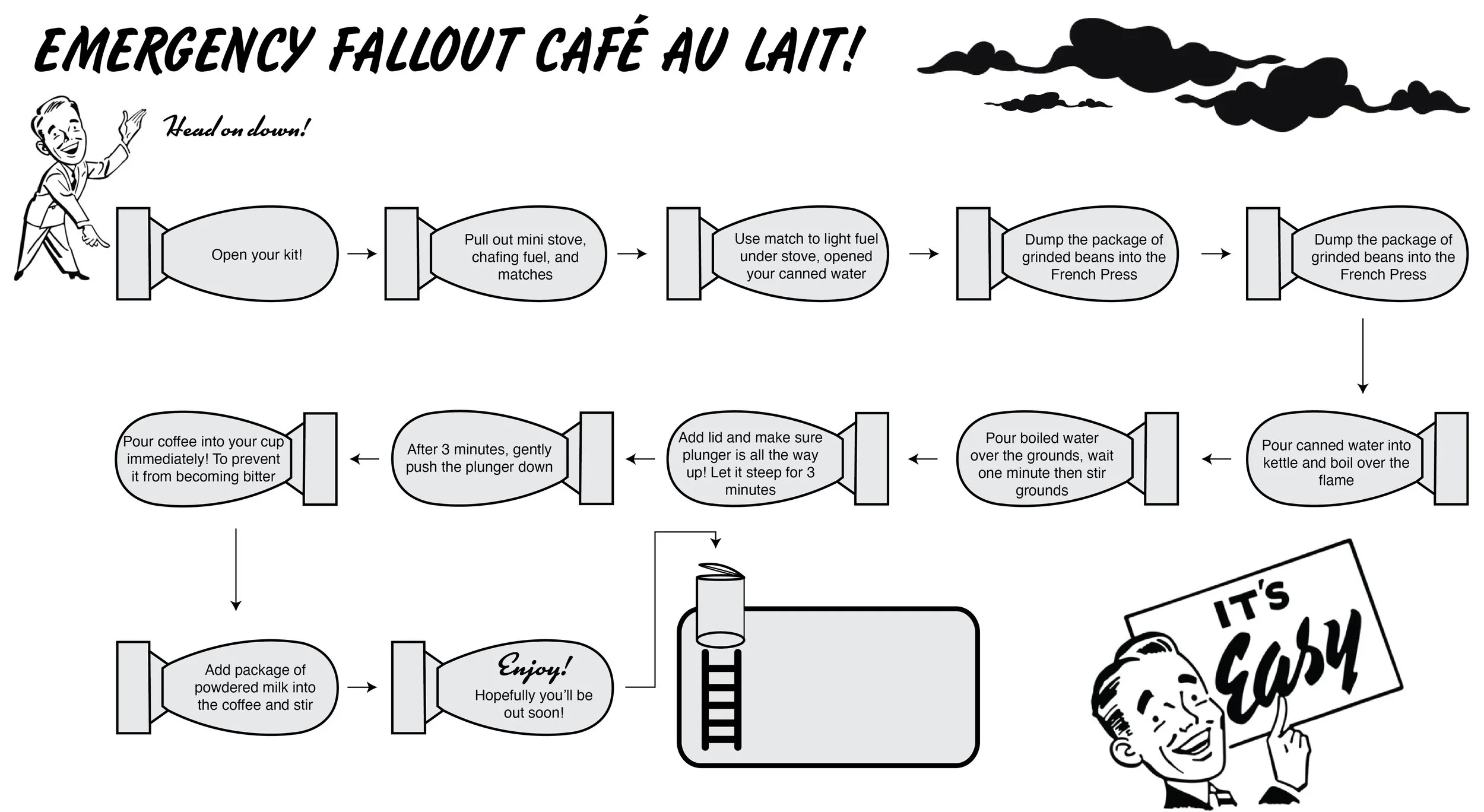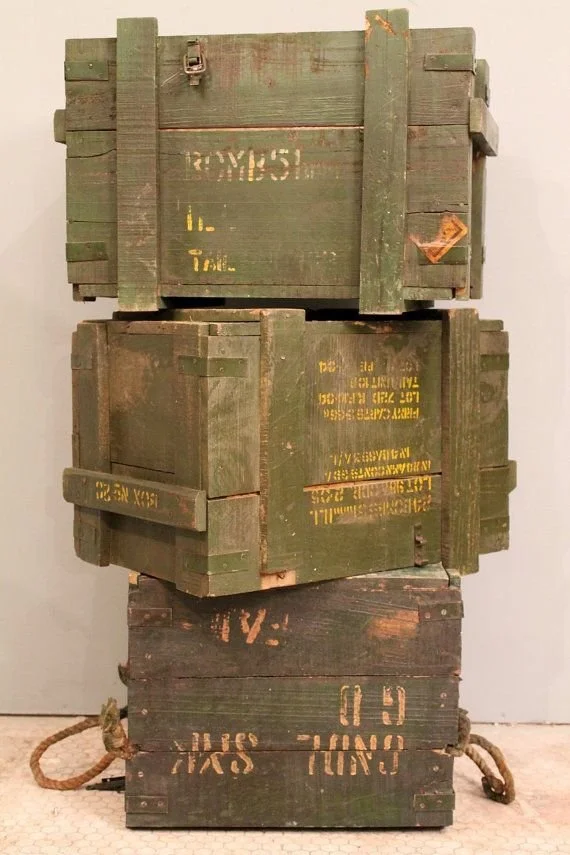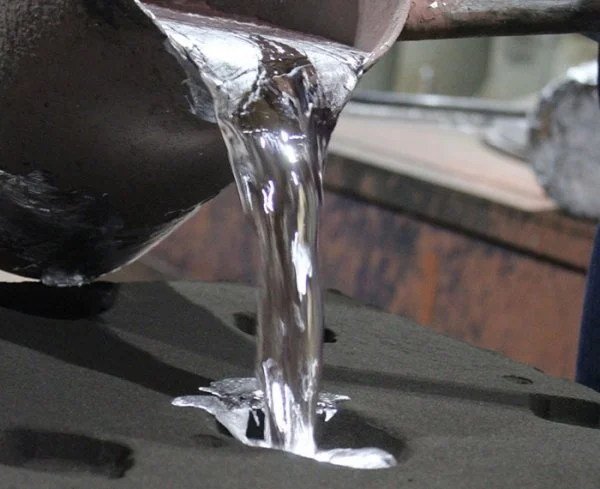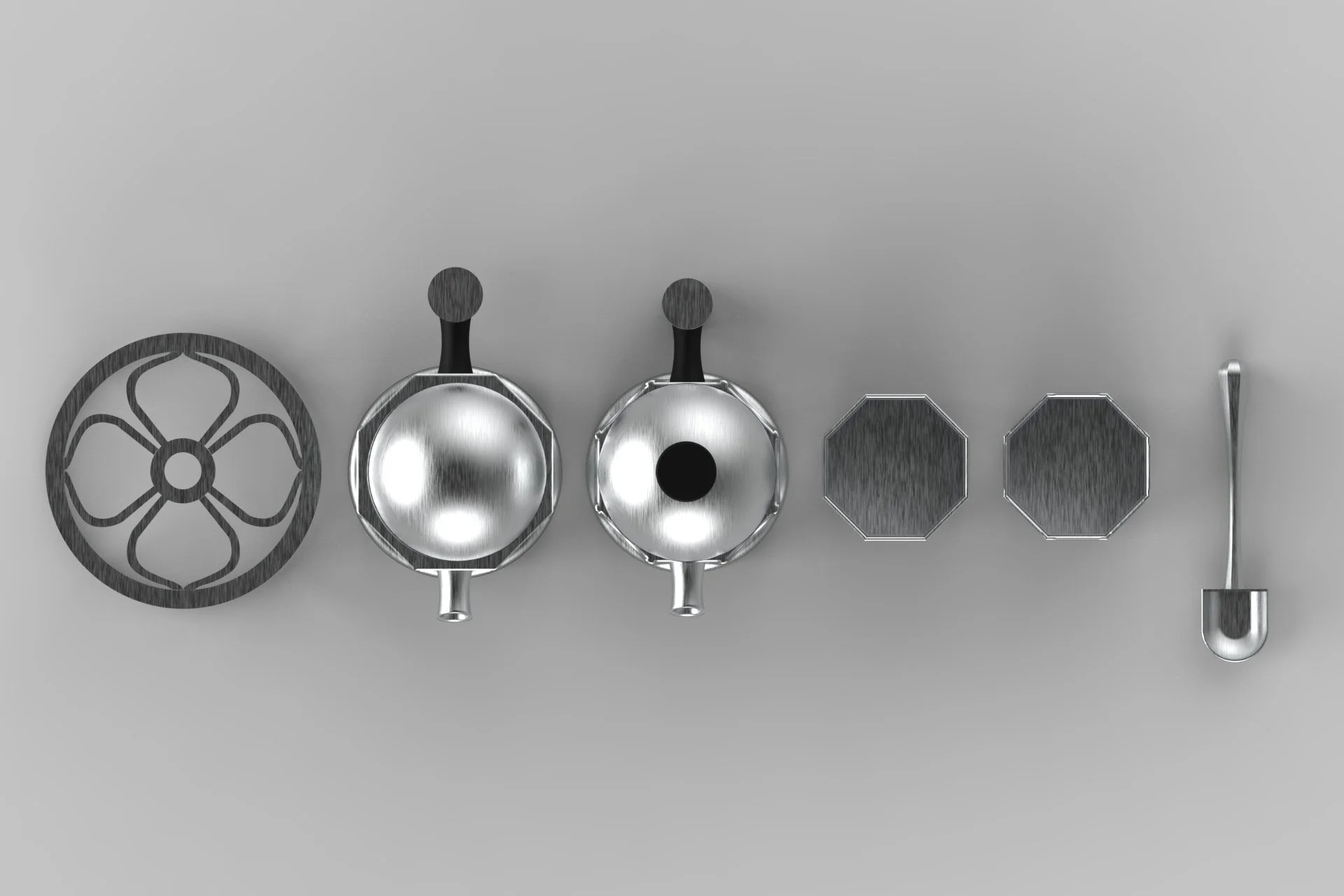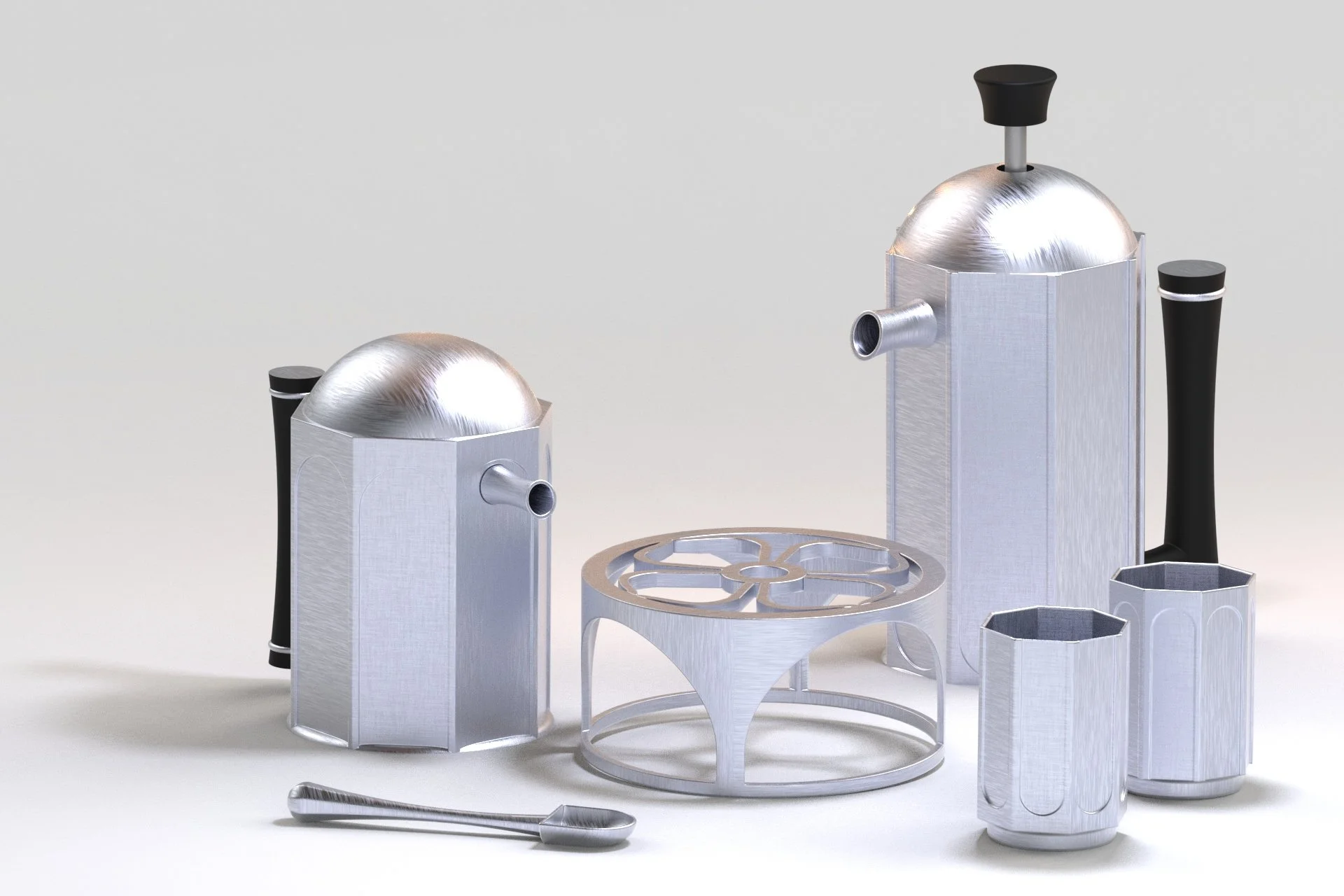
5 week studio project
french pressed café au lait
when looking for a culture to base this project off of, I decided to research french culture. I chose the french culture, because I have been learning the language for four years and wanted to learn more about the culture. the french invented the french press and are commonly known for their popular coffee drink: the café au lait, which is a coffee based drink made of grinded espresso beans and steamed milk.
project goal:
to design a french, café au lait coffee set, that will be used in a 1950’s nuclear fallout bunker.
neoclassical architecture
when creating my coffee set, I wanted to focus on adding in hints of the french culture in the final design. neoclassism was the revival of a classical style or treatment in art, literature, architecture, or music that began in france. I decided to set my focus on architectural designs from the french neoclassical era.
setting? a 1950’s nuclear fallout bunker.
for this project, I decided to create a neoclassical, french pressed café au lait coffee set for nuclear fallout victims that are seeking shelter in an underground bunker. shelters were stocked with supplies that lasted about 2 weeks, so my goal was to create a durable set where the user would be able to use it with limited food supplies and resources.
café meets fallout
to get a feel of how the café au lait would be made in a bomb shelter, I created an infographic that shows a walkthrough of the steps someone would take to make a café au lait in a fallout shelter.
design constraints and restrictions
before I began designing my coffee set, I took note of the challenges and restrictions that I would face when combining the culture and process with the setting.
must be able to fit in a confined area for compact storage
must be easy to use with limited resources and supplies
must honor the original process of creating a café au lait
take in consideration the timeline, where certain things had not been created yet
must include a subtle nod to the french culture
understanding the human interaction
I started the design process by creating a series of low fidelity models to test out the human interaction with my design. with each model I made, I took notes of what it felt like to hold it and how it felt when the product was in use. I then went back and redesigned from those notes.
final design direction
materiality
after some research, I found that during the cold war there was a spike in the use of aluminum. aluminum was a light, easy, and affordable material to work with and was used to create anything from the fighter planes in the cold war to household pots and pans. household pots usually were made out of cast aluminum at the time, so I decided to use that direction with my set. however, if the whole set was aluminum the heat would transfer to the handles and burn; which is why I added a rubber casing around the areas that involved human interaction. the rubber wraps around and is connected by a seam.
final prototypes
after CAD modeling, I began to 3D print out prototypes to test the scale and human interaction with my designs.
